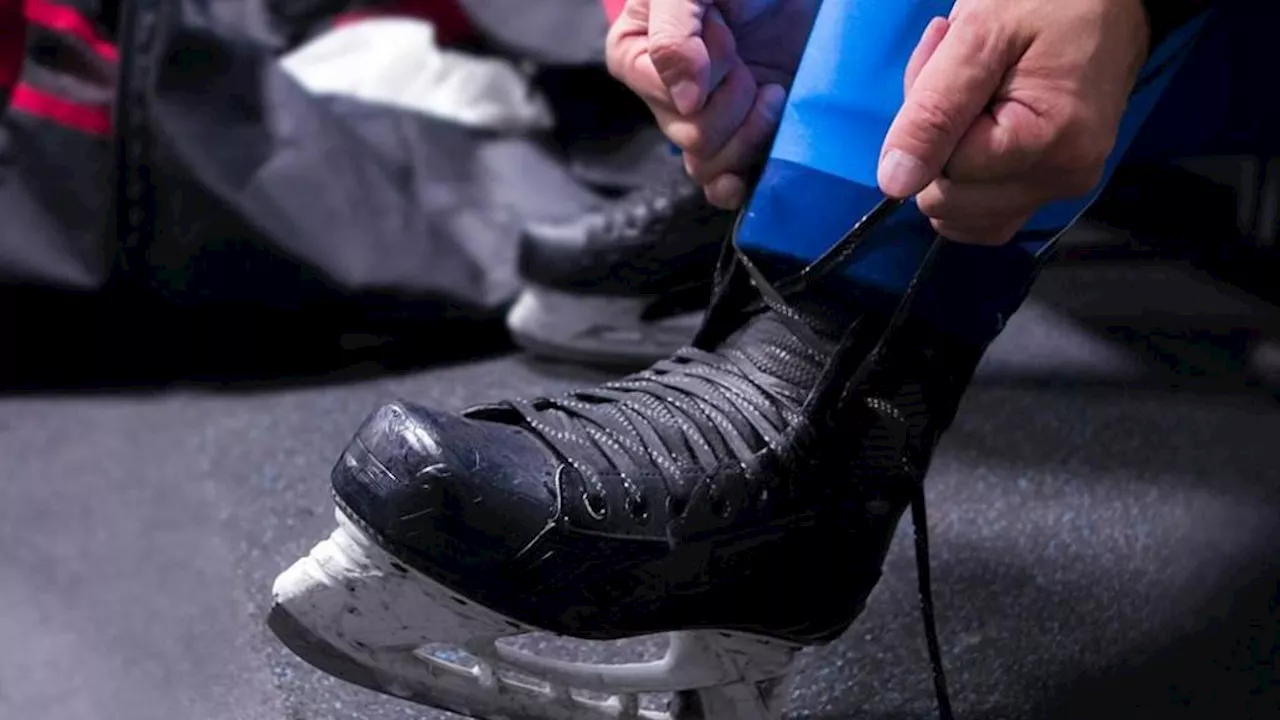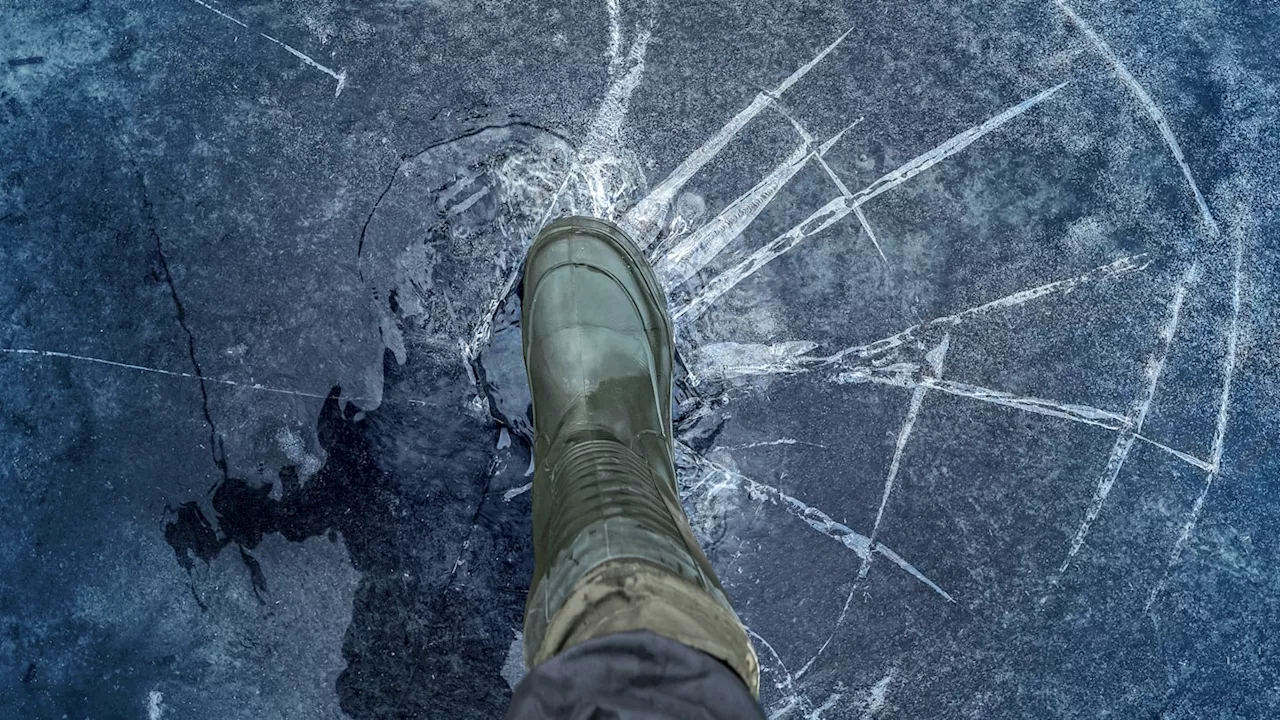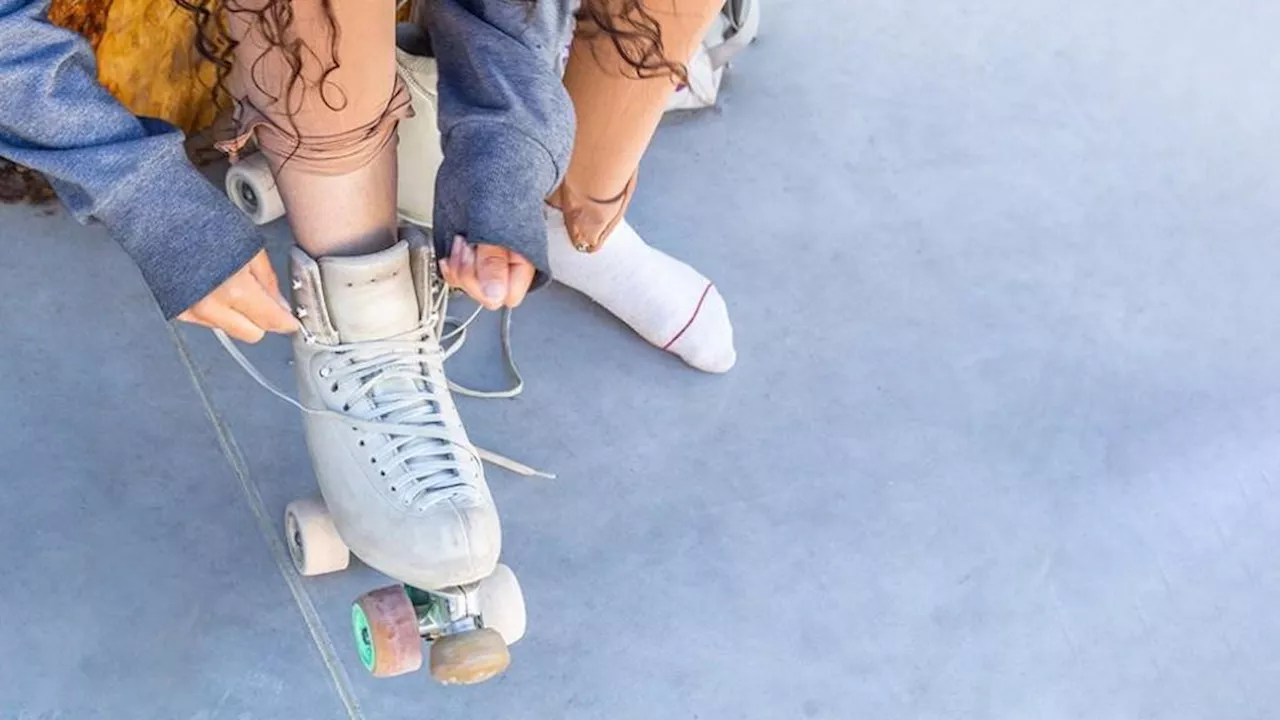This article provides a comprehensive guide to choosing the right ice skates, covering key aspects like blade type, fit, and material.
When the weather begins to cool, our thoughts turn to activities like making snowmen, sledding and, of course, ice skating. An excellent way to stay in shape and strengthen your core, ice skating can be a great deal of fun once you learn how to stay on your feet. But whether you’re playing pickup hockey or gliding around on the ice with your family, it’s best to wear quality ice skates. A distinction between figure and hockey skates is notable in their build and performance.
Figure skates have a longer blade with a toe pick at the front that’s used to execute figure skating moves with precision. Hockey skates have thinner blades curved at the front and rear to increase speed and agility. Ice skate blades should be rigid and provide enough protection from accidental falling or tripping. Hockey skates have a robust build that helps protect against pucks, sticks, and other players’ skates. The blade itself is usually durable carbon steel and often has a grooved bottom. It’s usually 4 millimeters thick but can be more pronounced depending on skill level and preference. When choosing your skates, it’s important to make sure they fit properly. Skates that are too big will feel awkward, and you may find yourself often falling, while those that are too small can constrict your feet and cause discomfort, pain or swelling. Unlike shoes, many skates tend to run large, so if you’re unsure what size to purchase it’s best to measure your foot length and consult a sizing chart.The boot of your skate is equally important. You want to ensure the boot is made of authentic leather or synthetic material for high-quality skates. Leather skates are more durable than synthetic skates, but they’re more expensive and take longer to break in. Synthetic skates are generally more comfortable and ready to go right out of the box, but they don’t offer the same longevity as leather skates.Even if skates are designed to provide elite performance, they won’t be worth anything if you don’t find them comfortable
Ice Skating Figure Skates Hockey Skates Skate Fit Skate Materials
United States Latest News, United States Headlines
Similar News:You can also read news stories similar to this one that we have collected from other news sources.
 Choosing the Right Ice Skates: A Guide to Fit, Blades, and MaterialsThis article provides a comprehensive guide to selecting the perfect ice skates, covering key factors such as blade type, sizing, boot material, and comfort.
Choosing the Right Ice Skates: A Guide to Fit, Blades, and MaterialsThis article provides a comprehensive guide to selecting the perfect ice skates, covering key factors such as blade type, sizing, boot material, and comfort.
Read more »
 Choosing the Right Ice SkatesThis article provides a guide on how to choose the right ice skates for your needs, covering factors like blade type, fit, and material.
Choosing the Right Ice SkatesThis article provides a guide on how to choose the right ice skates for your needs, covering factors like blade type, fit, and material.
Read more »
 Choosing the Right Ice Skates for ChildrenIce skating is an excellent exercise and fun hobby for children. This guide helps parents choose the right pair of ice skates, considering factors like style, sizing, adjustability, and closures. It includes tips on measuring feet accurately and choosing a properly fitting pair of skates.
Choosing the Right Ice Skates for ChildrenIce skating is an excellent exercise and fun hobby for children. This guide helps parents choose the right pair of ice skates, considering factors like style, sizing, adjustability, and closures. It includes tips on measuring feet accurately and choosing a properly fitting pair of skates.
Read more »
 Conquer the ice with these top hockey skatesIce hockey skates are made differently and serve a different purpose than figure skates. Which ice hockey skates are best for you?
Conquer the ice with these top hockey skatesIce hockey skates are made differently and serve a different purpose than figure skates. Which ice hockey skates are best for you?
Read more »
 Ice Fishing Safety: Tips for Navigating Early Ice and Staying Safe on the IceLearn how to stay safe during early ice fishing season with tips on safe ice thickness, essential safety gear, and avoiding dangerous ice conditions. Your guide to safer winter fishing.
Ice Fishing Safety: Tips for Navigating Early Ice and Staying Safe on the IceLearn how to stay safe during early ice fishing season with tips on safe ice thickness, essential safety gear, and avoiding dangerous ice conditions. Your guide to safer winter fishing.
Read more »
 The Importance of Choosing Quality Skates for FitnessFinding an enjoyable activity is key to fitness, and skating offers a great workout that engages multiple muscles, enhancing strength and endurance. Skating is less stressful on knees and joints compared to running, and choosing quality skates is crucial for success. Riedell, a third-generation family business, manufactures skates with a balance of comfort, performance, and durability, including a model with a low-cut design for faster skating.
The Importance of Choosing Quality Skates for FitnessFinding an enjoyable activity is key to fitness, and skating offers a great workout that engages multiple muscles, enhancing strength and endurance. Skating is less stressful on knees and joints compared to running, and choosing quality skates is crucial for success. Riedell, a third-generation family business, manufactures skates with a balance of comfort, performance, and durability, including a model with a low-cut design for faster skating.
Read more »
